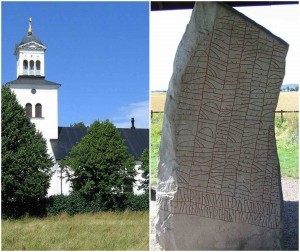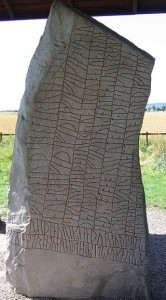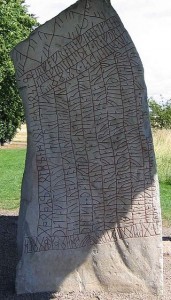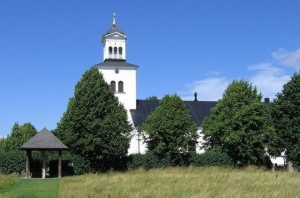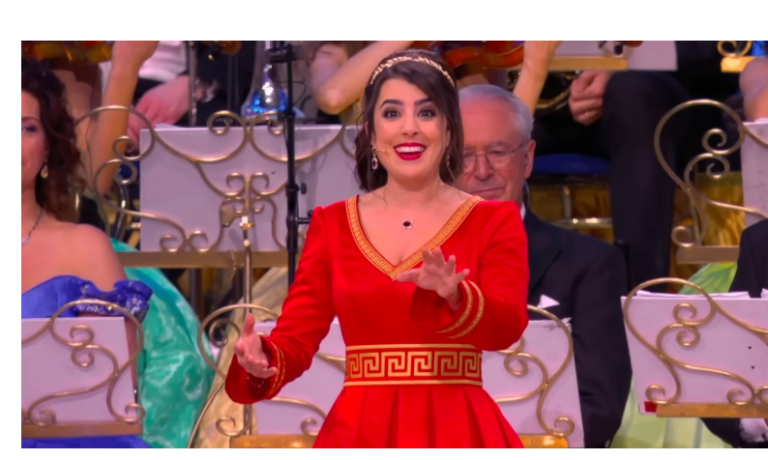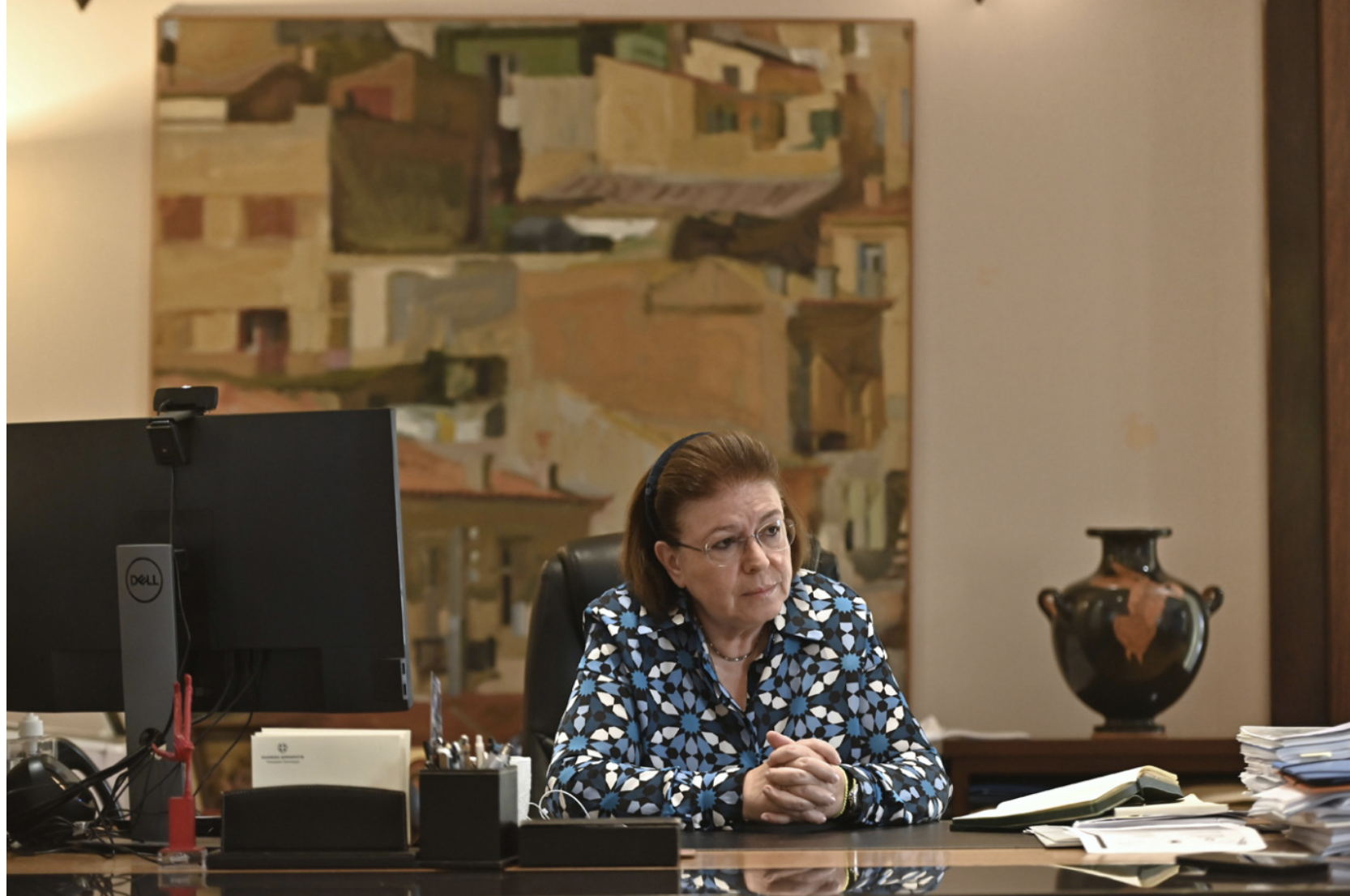The Rök Runestone doesn’t appear to describe great heroics deeds from the Viking period, but instead seems to refer to itself.
The stone was cut in the 800s in the province of Östergötland, Sweden and it is the world’s most known and visited runestone. The surface has been etched in runes that contain numbers, and for a long time, it was thought that its interpretations centered around heroes, kings, and deeds. It was considered as the hardest-to-understand piece of runic history due to the long length of the runic inscriptions.
(The front of the stone. The beginning of the inscription is read by tilting your head to the left)
Per Holmberg, who is an associate professor of Scandinavian languages from the University of Gothenburg, believes he has solved the ancient riddle and states that it was not so hard to solve it as everyone first thought.
It seems that you need to read the riddles in daylight and follow them numerically around the stone block. Even ten years ago the linguist Professor Bo Ralph indicated that a possible linguistic error had been made in the previous readings of the runestone.
(Rök Runestone)
The Rök Runestone was used as Church building material in the 12th century, and it stayed there until 1843, when construction workers found out that the funny-shaped rock had etchings on all five sides. They drew a sketch of what they saw and re-embedded the stone back into the wall.
Finally, in 1862 the stone was removed and put on display in the churchyard, where it stands today. It was a very common practice to recycle runestones into building materials in Christian churches. Etymologists have traced the name of the stone back to the people who discovered it on the wall; they had named it after the nearby village. The village was probably named after the rock before it ended up in the wall, and then the rock was named after the village in 1843.
(The stone is housed under a roof and is located near the church in which it was discovered)
Holmberg used the study of social semiotics to help decode the runes. This is a theory about using language as a potential for creating meanings in a variety of texts and contexts. In the past, the researchers have read it in the wrong order, as they had assumed the work was about heroes and the only way to make that fit is by reading it out of order, Mail Online reported.
The actual message of the runestone might be about how writing gives us the opportunity to commemorate those who have passed away.
Ask me anything
Explore related questions
